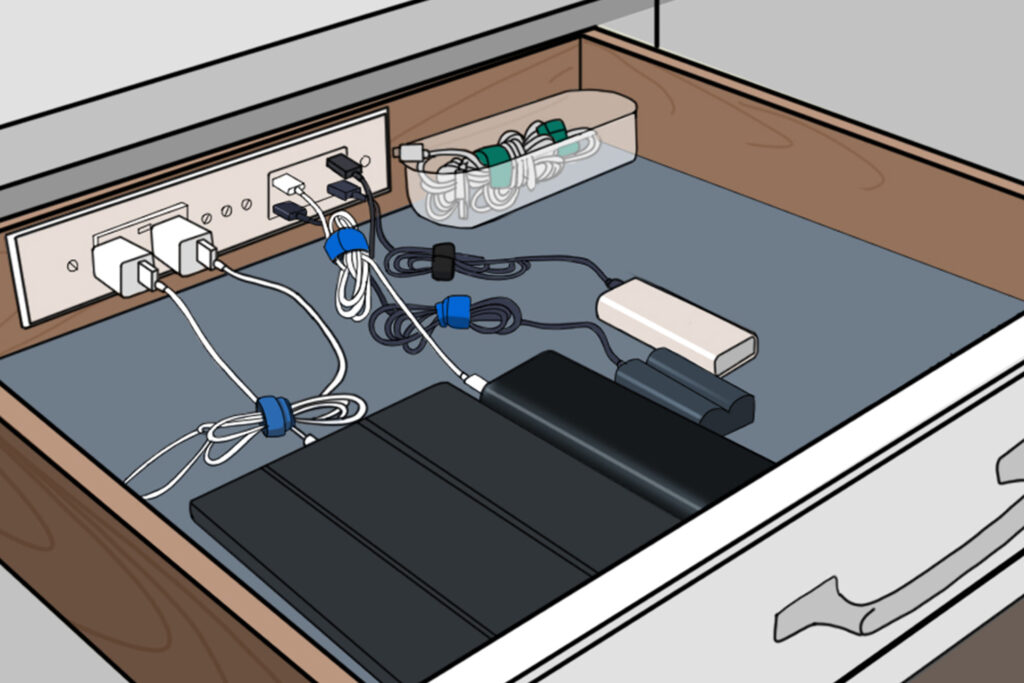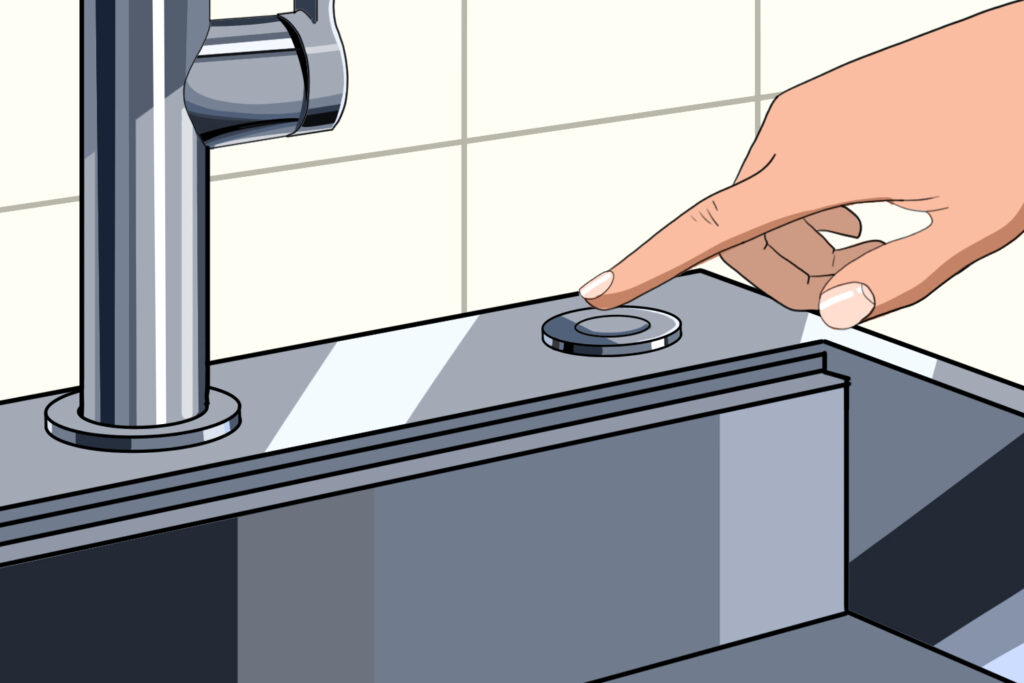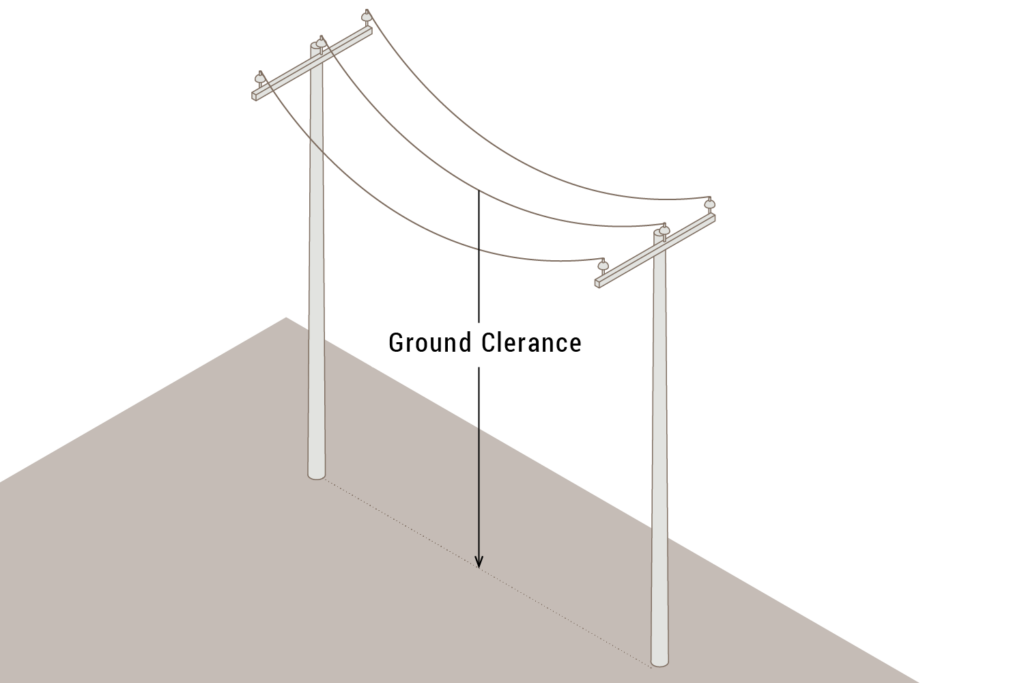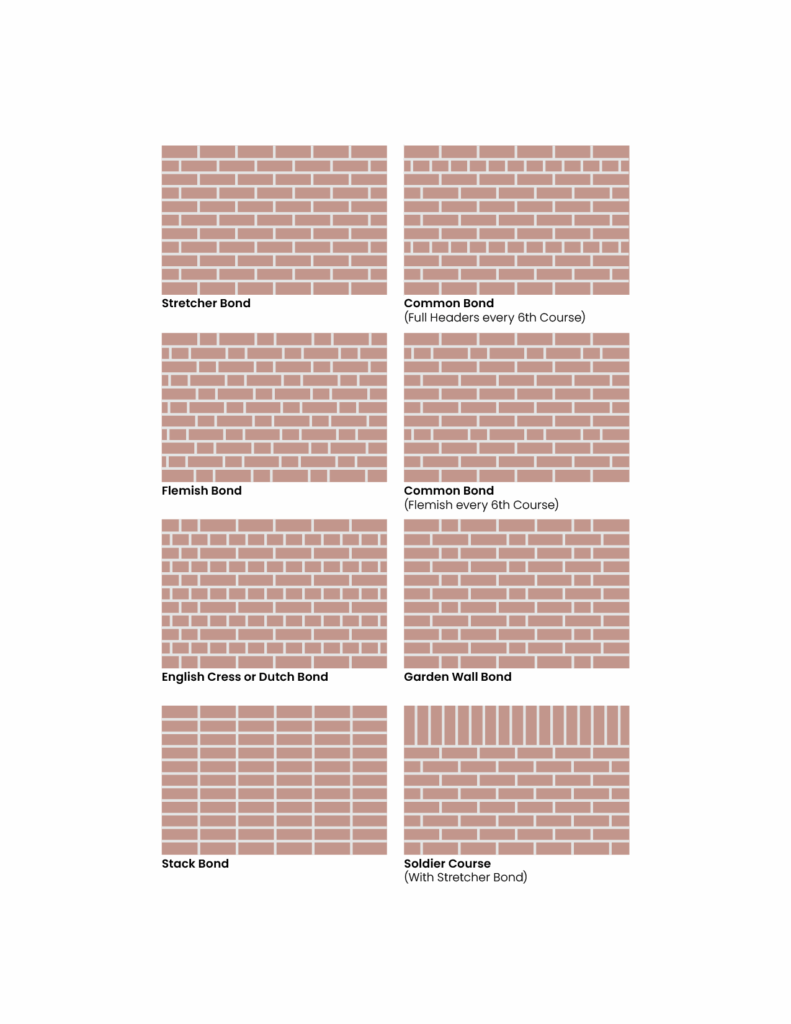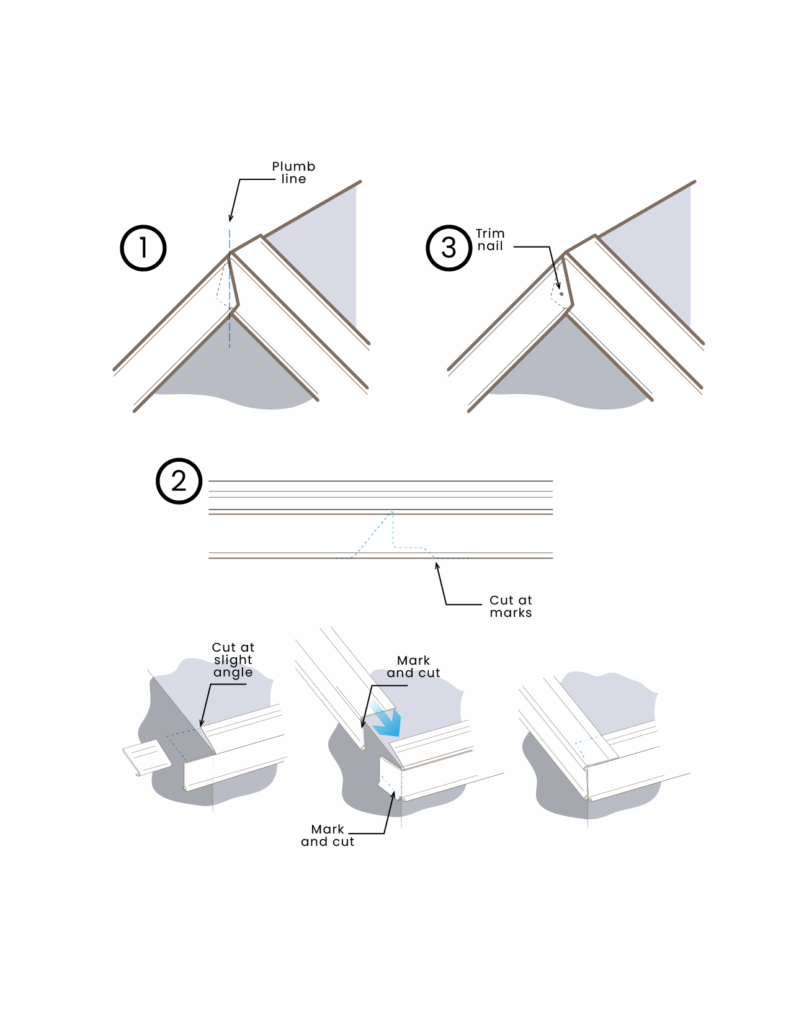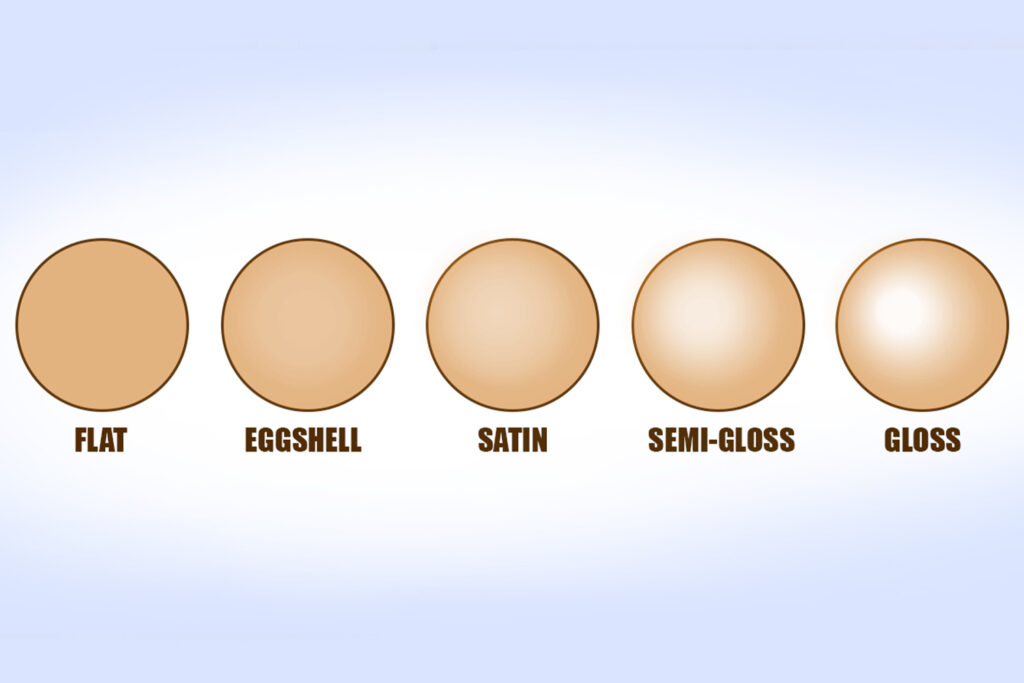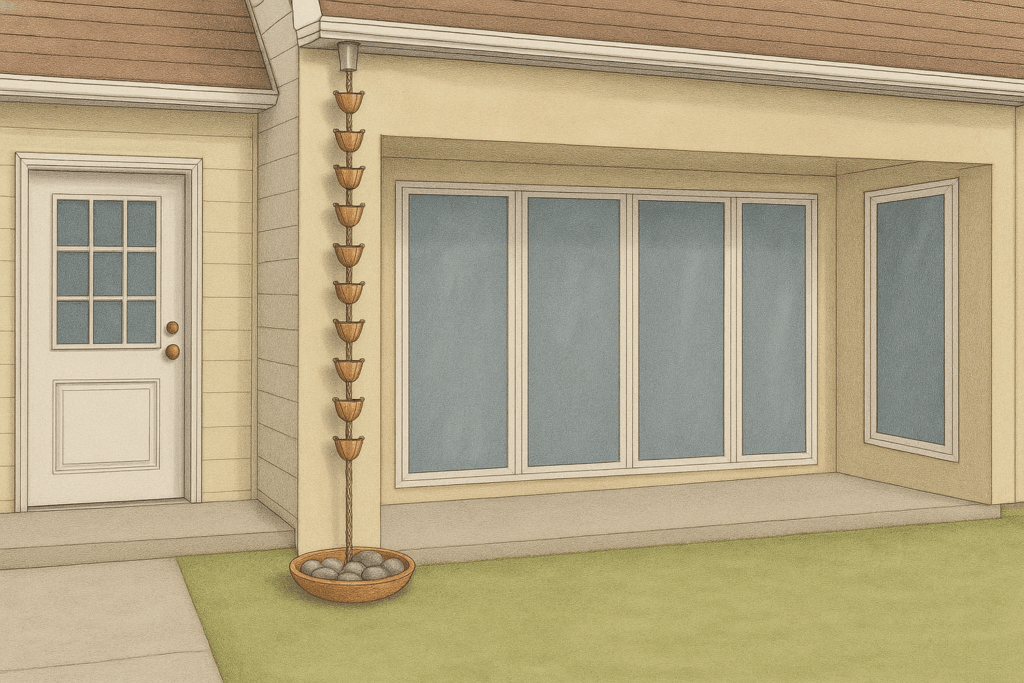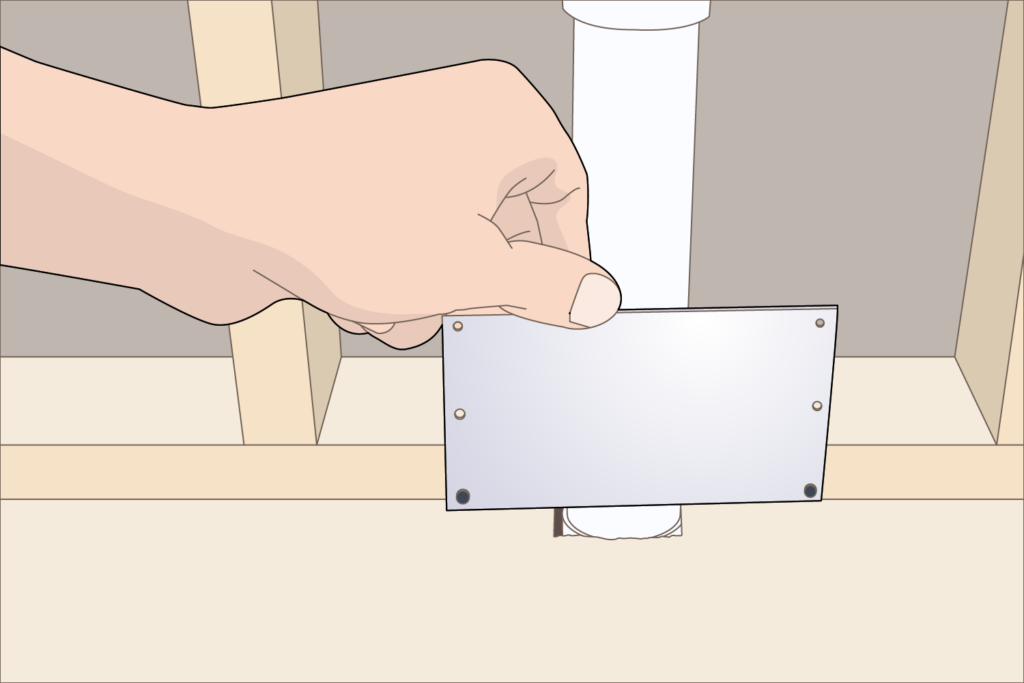Porcelain and ceramic tiles are both popular choices for flooring and wall coverings.

These titles differ in composition, manufacturing processes, performance, and cost. Here’s a breakdown of those differences:
Composition:
Porcelain tiles are made from refined clay that is fired at very high temperatures. This process results in a dense, durable tile with low water absorption rates.
Ceramic tiles are made from baked clay in a kiln-fired process. They are generally less dense and more porous than porcelain tiles.
Manufacturing Process:
Porcelain tiles are pressed and fired at extremely high temperatures, which makes them harder and more durable. This process also allows for the creation of intricate designs and textures.
Ceramic tiles can be molded for 3D features or textures and are typically fired at lower temperatures than porcelain tiles.
Appearance and Design:
Porcelain tiles often feature a picture printed on the top surface, protected by a thin glaze. They can be made to look just like stone and only an expert would know the difference from the real thing.
Ceramic tiles may be glazed or unglazed, with variations in color and texture. They offer a wide range of design options but may not mimic natural materials as convincingly as porcelain tiles.
Water Absorption and Density:
Porcelain tiles have lower water absorption rates and higher density compared to ceramic tiles, making them more suitable for high-moisture environments.
Ceramic tiles are more porous and absorbent, which may require sealing for certain applications to prevent water damage.
Durability and Performance:
Porcelain tiles are highly durable, scratch-resistant, and suitable for heavy traffic areas. They also offer high slip resistance, making them ideal for both indoor and outdoor use.
Ceramic tiles are generally less durable than porcelain tiles and may be more prone to chipping. However, they can still perform well in residential environments when installed properly.
Cost:
Porcelain tiles are often more expensive than ceramic tiles due to their density, durability, and manufacturing process.
Ceramic tiles are generally more budget-friendly, making them a popular choice for homeowners looking for cost-effective options.
Pros & Cons:
Porcelain tiles are tough and durable because they’re super dense. But that also means they’re heavier and harder to cut.
Ceramic tiles are lighter and easier to cut than porcelain. They’re great for wall applications. Some ceramics may need a coat of sealer to protect from moisture.
To sum up, choosing between porcelain and ceramic tiles involves considering several factors like, where they’ll be installed, how much traffic they’ll endure, moisture levels, your style preferences, and your budget. When properly installed, both options can serve an excellent choice for residential applications.

